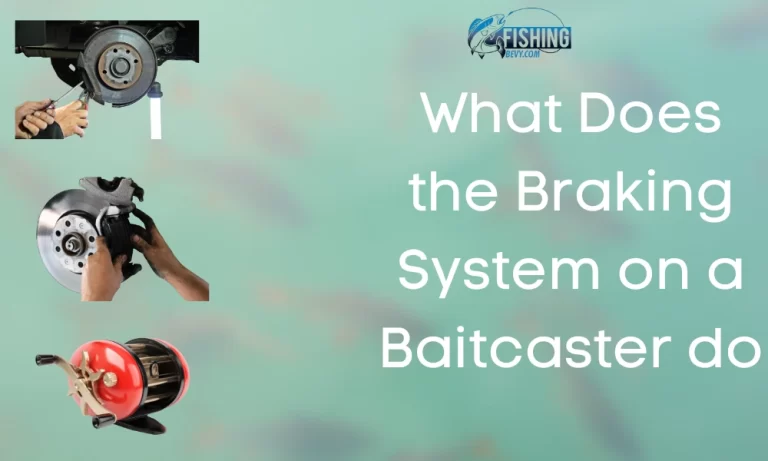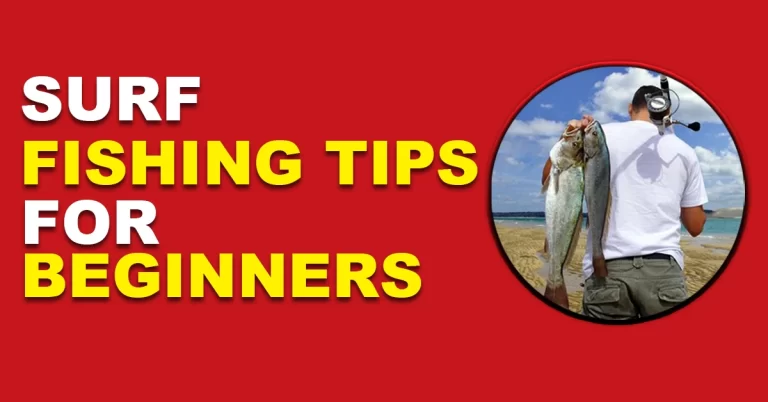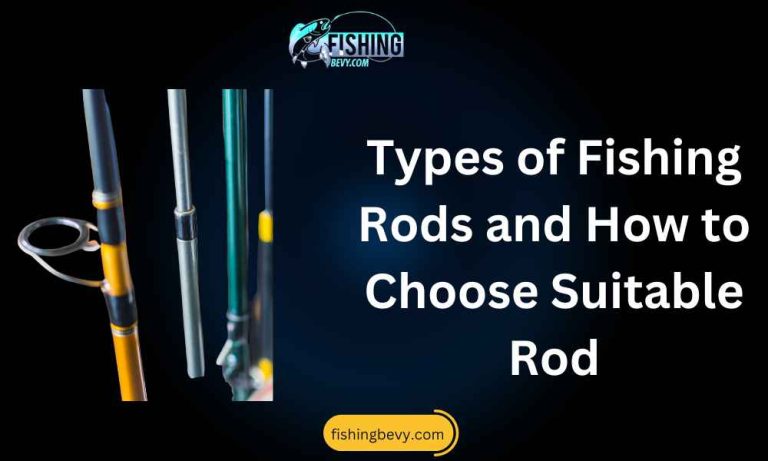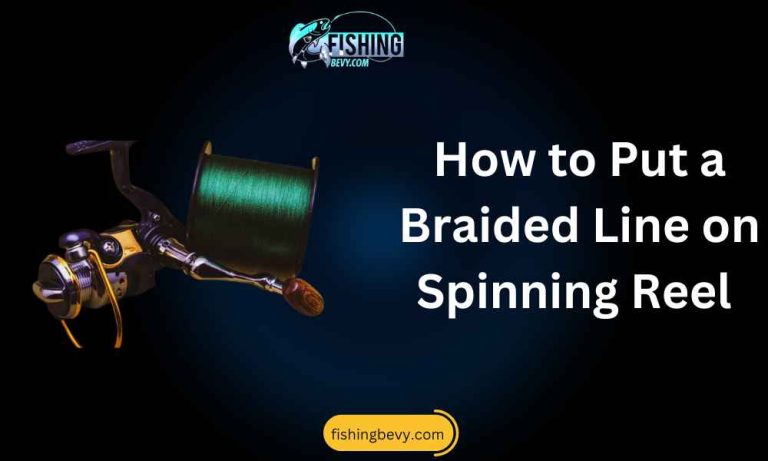How to Tie a Fishing Hook – A Complete Beginner’s Guide
People do fishing for fun, to go out with friends, for physical and mental health or even as a job. Fishing hooks are an important part of fishing because they allow you to catch different kinds of fish. There are a variety of different types of fishing hooks that can be used for different purposes when trying to catch a certain type of fish.
To ensure a successful and safe fishing experience, it’s crucial to learn how to tie a fishing hook properly. There is nothing worse than having a great fishing trip ruined due to not being able to catch anything. If you’re new to the sport or have been frustrated with your limited success, take a lesson from an expert fisherman.
No matter what type of fish you are targeting, some basic tips will help increase your ability to catch more fish. You have to make sure that the knot is strong enough for your catch not to get away from you.
Fishing Hook
Fish are typically caught in the mouth, although some species are caught through the body, such as salmon and catfish. Fishing hooks have been attached to lines for many centuries.
Different Types of Fishing Hooks
Fishing hooks are attached to the fishing line and then baited to attract the fish. Hooks come in many forms and differ in strength, shape, and size depending on their intended use and how to attach the fishing hook.
Many different types of fishing hooks vary in size and shape. Some are designed for specific uses, for example, fly-fishing hooks or sea-fishing hooks.
These are designed to either catch fish through the mouth or the gills. Hooks that are used for catching fish through the mouth include circle hooks and J-hooks.
1- Circle hooks
Circle hooks have a circular shape and are used for catching fish through the mouth.
2- J-hooks
J-hooks are similar to circle hooks, but they have a straight shape and are used for catching fish after entering the gills.
3- Snagging Hook
Hooks that are used for snagging include snap hooks, split rings, and eye bolts. The snagging hook is attached to the end of a rope and is used to catch the snagged object. The snagged object is then pulled to the surface.
The following are examples of common snagging hooks:
Snap Hooks – Snap hooks are used for snagging objects that have an eye or loop on them. They are used to attach a line to a boat, truck, or another object. They are also used for lifting objects that have an eye or loop on them.
Swivels – Swivels are used to attach a line to another line so that the two lines can rotate freely concerning each other. They are often used in a rig but can be used anywhere that two lines need to rotate freely around each other.
How to tie a fishing hook
The fishing hook is a small metal or plastic object used for catching fish. A “fish-hook” is a long thin piece of material with an eye or ring at the shank end, which may be barbed, curved, and straight or have various other shapes and designs.
Types of Knots
Fish hooks are attached to some form of line or lure device which connects the hooked fish to the fisherman who caught it. As in all forms of art, there exists a wide variety of styles used in fishing hook knots.
How to tie Clinch Knot
The clinch knot is the best way to tie a fishing hook to fasten a fishing line to a hook or lure. It is easy to tie and provides great holding power. Yet, the clinch knot can be difficult to disentangle.
This improved version can be tied more quickly with less chance of snarls and twists, and it grips low-quality lines better than the original clinch knot.
- Thread the line through the eye of the hook or lure. Make a small loop at the end of the line and place it over the hook. Hold both ends of the line in your left hand.
- Grasp the line with your right hand, about two inches from the hook. Make a loop in the line and place it over your left thumb.
- Pull the loop down to form a small loop.
- Keep the loop over the top of the peg.
- Pull the bottom of the loop down and around to form a second loop.
- Place this new loop over the top of the peg you just created.
- Tighten the loop after pulling on both ends of the cord.
How to Tie a Palomar Knot
The Palomar is a type of fishing knot that is used to attach a hook or lure to the fishing line. This simple, yet effective design makes it easy to tie, and even easier to untie, should you need to move your hook or lure.
The Palomar knot is considered to be one of the strongest knots for tying a hook on a fishing line due to its size, and it is the recommendation of many fishing experts.
- Form a loop in the line, leaving a tail of about 1 foot.
- Place the loop over the hook and pull it down through the eye.
- Hold the line in your left hand, palm up, with your thumb on top of the line.
- Use your right hand to wrap the line around your left thumb. The line should be wrapped once or twice around the thumb, depending on how long you want the loop to be.
- Wrap the line around the hanger.
- Attach the end of the line to the nail on the opposite side of the frame.
How to tie Turle knot
A turle knot is the most popular fishing knot. It is easy to tie and untie, and it does not jam when wet.
- Prepare the line for tying after making a loop about 8 inches (20 cm) from the end of the line. The loop should be big enough to go over your hook or lure.
- Insert your hook into the loop so that it comes out through the small hole at one side of the loop, then pull on both ends of the line to tighten the loop around the hook.
- Wrap the line three times around the hook shank, then wrap it back over itself and pull it tight. Tie a loose overhand knot at the tag end of the line.
- Pull the tag end of the line through the loop on the hook.
- Tighten the knot after pulling on both ends of the line.
- Pull the tag end of the line through the loop on the hook.
- Tighten the knot after pulling on both ends of the line.
How to tie Double Surgeon’s Loop
A surgeon’s loop is a versatile piece of cordage that can be used to form the middle or end of a lanyard, tie-down gear, secure loads, hang items like lanterns from trees, and more. However, it’s also easy to tie incorrectly.
Follow this step-after-step guide to learn before tying hook to line to double surgeon’s loops so that you can use them in your next project.
- Start after tying a slip knot.
- This is the easiest way to start because it allows you to adjust the size of the loop.
- The first step is to make a loop in the cordage and pass the end through the loop.
- Pull on both ends of the cordage to tighten it around the loop.
- This is called a slip knot because you can adjust it after pulling on one or both ends of the cordage.
How to tie Snelling a hook
Snelling is a knot used to tie a hook to the mainline. To Snell a hook you should know how to tie a fishing line accurately.
- First, make a bight at the end of the line, then loop it back on itself and insert the eye of the hook through that bight.
- Then pull both ends of the line tight at once.
- The completed snell should be straight and untwisted with no loose ends visible.
- The end of the line is then passed through the eye of the hook and pulled tight.
Conclusion
Whether you are fishing on the shore or in a boat or kayak, it’s important to know how to tie a fishing hook correctly. Not only can a good knot help keep your catch from getting away, but it will also save your time and money spent on lost hooks.
Remember that in any situation where you are using a hook could result in injury, so always be careful when tying your line.
Kindly mention your feedback after reading this article. Thank you!






